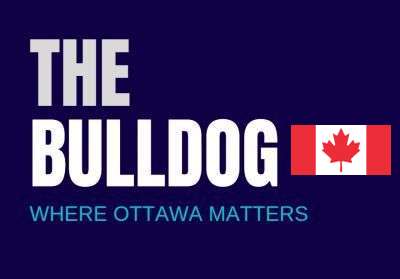Vancouver Transit Comes Back After Covid
Why has Vancouver been so successful in attracting transit passengers post-Covid and why has Ottawa not?
This Bloomberg CityLab story doesn’t delve into the Ottawa example but perhaps the nation’s capital can pick up some tips from the Vancouver success:
—
By North American standards, Vancouver’s regional transit system, known as TransLink, is a success story, now moving around 90% as many people as in 2019. According to the American Public Transportation Association, TransLink has recovered ridership faster than almost any other major transit system on the continent (Washington, DC’s WMATA is another standout). Metro Vancouver recently pulled ahead of Toronto to post the second-most transit trips per capita in Canada, behind only Montreal.
—
To read the full story in CityLab, click here.
For You:
LRT: Beggars Can’t Be Choosers: WHOPPER WATCH
New Video Screens Show Transpo Woes: MULVIHILL
A Survey For OC Transpo That Works: CRERAR
Good Service Means Successful Transit
Gower’s Tower Of Transit Ineptitude
Bookmark The Bulldog, click here



Visiting Vancouver I’ve used the SkyTrain system, and I’m a bit fan. It works.
The above should have read, “big fan.”
Vancouver’s LRT system is a decade and a half old. There are four lines that stretch from the outer suburbs to the core, taking relatively more people relatively long distances in relatively less time from where they are to where they want to go. One can board the LRT at the airport and ride a;; the way to the city centre – with no transfers.
In contrast, Ottawa’s east-west LRT is but 6 years old. It currently travels 12 kms, with 11 stations between the two end points. Sometime later this decade it will be extended to the near edge of the distant east, to the outer edge of the near west and to the middle of the near south and west. No where near the outer, large population suburbs to the south and west. Still too short. Still too many stations. No firm plans to extend it to where it should have served in the first place.
The north-south line has been intermittently operational for about a couple of decades, serving riders along a short line that did not extend even close to the greenbelt. The southern end of this now extended line is still short of the northern perimeter of the south eastern suburbs. Airport customers need to use three trainsets to get downtown.
A classic case study of how to design a mass transit system that meets the needs of the people versus how to create a shiny new that does not meet the needs of the people who need it the most.